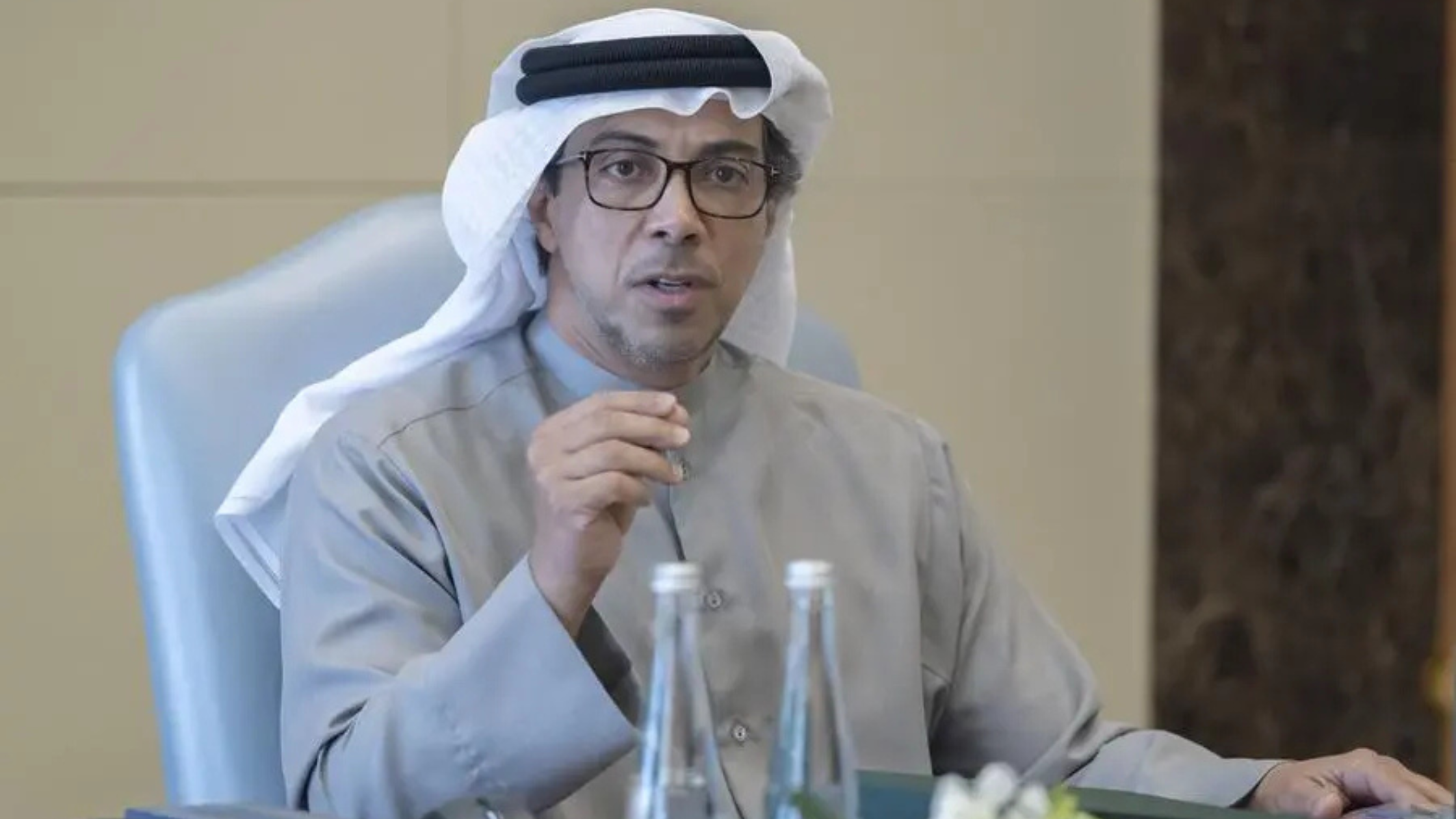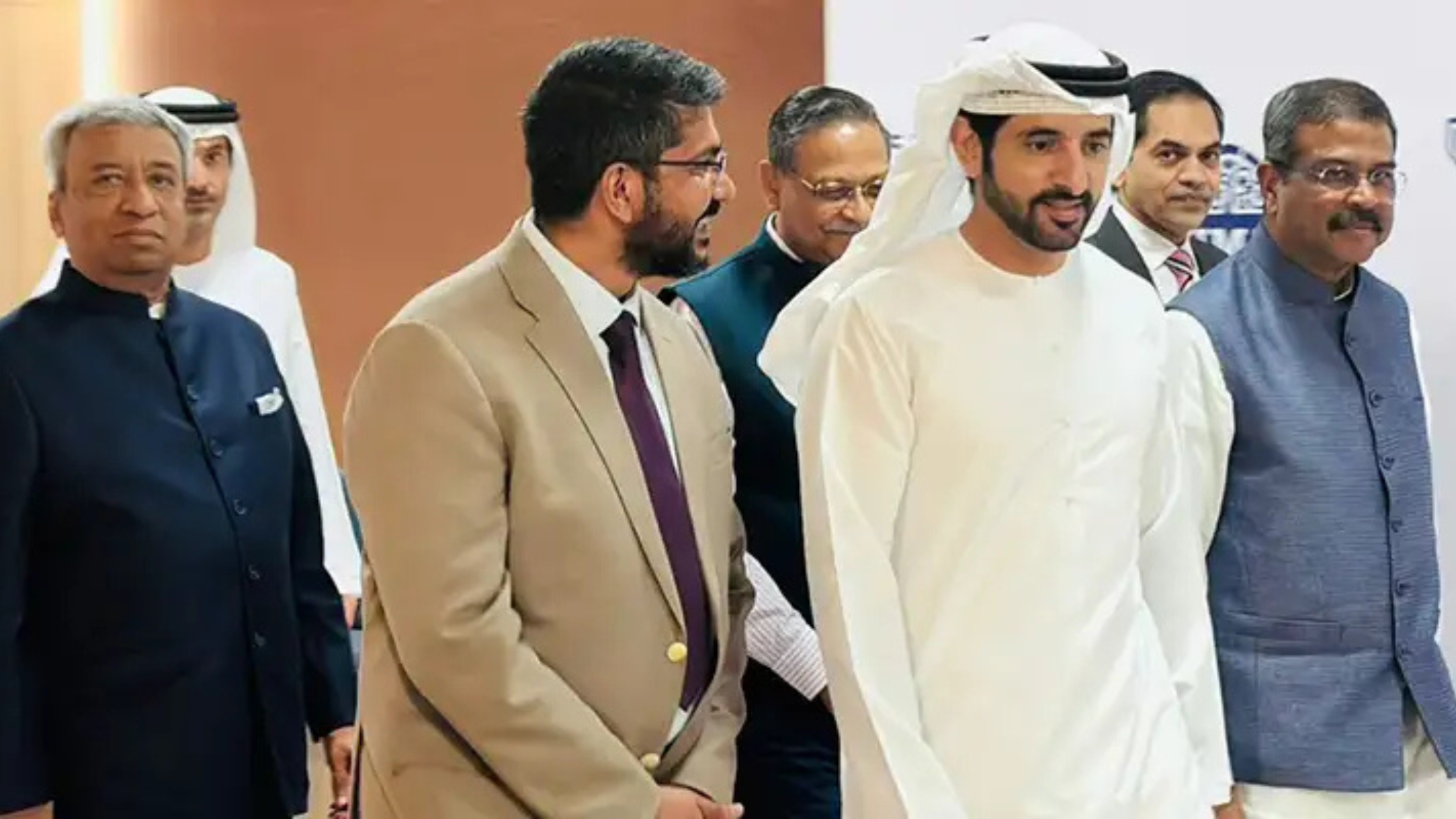India-UK Free Trade Pact: Historic Economic Milestone

In a significant step forward in international trade relations, Indian Prime Minister Narendra Modi recently announced the successful conclusion of Free Trade Agreement (FTA) talks between India and the United Kingdom. Calling the development “historic,” the Prime Minister emphasized the mutually beneficial nature of the agreement. This announcement has come at a time when the global economy is navigating the challenges of inflation, tariff wars, and shifting alliances. The India-UK Free Trade Agreement is being seen as a positive signal for the future of cross-border cooperation and trade liberalization.
This development is not isolated. India has been actively expanding its network of FTAs and other trade agreements, involving regions across the globe. From ASEAN and the European Union to emerging economies in Africa and Latin America, India’s trade strategy is becoming broader and more sophisticated. But what exactly is a Free Trade Agreement, and why does it matter so much?
Understanding What a Free Trade Agreement Is
A Free Trade Agreement is a formal pact between two or more countries aimed at reducing or eliminating trade barriers such as tariffs, import quotas, and restrictive regulations. These agreements are structured to enhance the flow of goods, services, and investments between the participating nations. At its core, an FTA is designed to make trade easier, more efficient, and more profitable for all parties involved.
While the most commonly known aspect of FTAs is the reduction or elimination of import duties on a vast majority of goods—often covering 90 to 95 percent of tradable items—the scope of these agreements goes well beyond that. FTAs also work to minimize non-tariff barriers such as bureaucratic hurdles, regulatory misalignments, and other constraints that hamper cross-border commerce.
The purpose of these agreements is to provide a more level playing field for businesses by ensuring that products from partner nations are not disadvantaged by local tariffs or restrictions. Moreover, these agreements promote investment by creating a stable and transparent trade environment.
The Broader Economic Significance of FTAs
One of the most significant contributions of Free Trade Agreements is the way they stimulate economic growth. By reducing barriers to trade, FTAs enable countries to import goods at more competitive prices and export their own products with fewer obstacles. This increased trade activity can lead to job creation, higher GDP growth, improved consumer choice, and stronger international economic ties.
Furthermore, FTAs often serve as a platform for broader collaboration. Many agreements include chapters on services, digital trade, intellectual property rights, dispute resolution mechanisms, labor standards, and environmental protections. These aspects allow nations to align on shared economic goals while safeguarding their individual interests.
In the modern globalized economy, FTAs are critical tools for navigating complexities such as supply chain interdependence, technology transfers, and regulatory harmonization. By simplifying trade across borders, these agreements foster predictability and trust between nations.
India’s Expanding Network of Trade Agreements
India’s announcement with the UK is just one part of a larger pattern of strategic engagement. Over the past decade, India has been actively negotiating and signing FTAs with multiple global partners. At present, India has 13 active Free Trade Agreements, including those with countries like Mauritius, the United Arab Emirates, and Australia.
These agreements have been crucial in facilitating India’s ambition to position itself as a global economic player. For example, the Comprehensive Economic Partnership Agreement (CEPA) with the UAE has already begun yielding results by boosting non-oil trade and improving logistics between the two nations.
Ongoing FTA negotiations are currently taking place with major economies such as the United States, the European Union, and the Association of Southeast Asian Nations (ASEAN). These discussions are comprehensive, addressing not just goods and services, but also investments, technology cooperation, and sustainability practices.
Exploring Trade Partnerships Across Continents
India is also setting its sights on less traditional, but equally promising, trade partners. Engagements with countries in Africa, Latin America, and the Arab Gulf are underway. These regions offer vast untapped markets and resources that can complement India’s economic ambitions.
In Africa, trade discussions have focused on agricultural exports, energy collaboration, and industrial growth. Latin America, with its growing demand for technology, pharmaceuticals, and consumer goods, presents another emerging frontier. The Arab Gulf countries, which already share close strategic ties with India, are now being viewed through the lens of long-term economic integration and diversification.
These ongoing dialogues reflect India’s strategy to establish itself as a central hub in the evolving global supply chain, leveraging FTAs not just as commercial instruments, but as diplomatic tools for fostering deeper ties.
Understanding the Broader Trade Framework
While FTAs are central to trade policy, they are not the only instruments at India’s disposal. The country also participates in other types of trade agreements, including Preferential Trade Agreements (PTAs), Bilateral Investment Treaties (BITs), and Regional Trade Agreements (RTAs).
Preferential Trade Agreements offer reduced tariffs on selected goods rather than comprehensive duty eliminations. They are often seen as precursors to broader FTAs and are designed to gradually build trust and test economic synergies.
Bilateral Investment Treaties, on the other hand, focus specifically on safeguarding investments between two countries. These treaties provide mechanisms for dispute resolution, fair treatment standards, and protection from expropriation or discriminatory practices.
Regional Trade Agreements are more ambitious and involve multiple countries in a geographical area or economic bloc. These are aimed at creating more extensive integration, often including commitments on infrastructure, education, digital trade, and sustainability in addition to the traditional trade elements.
India’s use of all these tools reflects a nuanced and multi-layered approach to international trade—one that recognizes the complexity of modern economics while staying flexible and open to evolving dynamics.
India’s Re-evaluation of Existing Agreements
In addition to signing new agreements, India is also re-evaluating many of its existing treaties. This re-assessment is designed to strike a balance between promoting foreign investment and safeguarding national interests. In an age where economic decisions can have long-lasting political and social consequences, a balanced trade policy is not just desirable—it’s essential.
This approach includes revisiting older BITs and trade deals to incorporate newer standards for transparency, digital economy governance, and environmental responsibility. It also aims to align with India’s commitment to sustainable development and inclusive economic growth.
The ongoing scrutiny and updating of existing treaties reflect a proactive policy framework that seeks to harmonize domestic goals with international opportunities.
The India-UK FTA in a Global Context
The India-UK Free Trade Agreement stands out for several reasons. The United Kingdom, post-Brexit, has been actively pursuing bilateral agreements with major economies to sustain its trade momentum. India, with its large consumer base and growing industrial sector, offers the UK a high-potential partner.
For India, the agreement provides better access to high-value UK markets, particularly in sectors like pharmaceuticals, textiles, IT services, and automobile components. At the same time, it opens the Indian market to UK goods and services, thereby creating a reciprocal economic benefit.
This FTA also represents a strengthening of bilateral ties, building on a historical relationship and aligning with the broader vision of strategic cooperation in areas like education, innovation, clean energy, and defense.
A Step Towards Strategic Economic Realignment
As global economic patterns shift, trade agreements like the one between India and the UK are likely to play a defining role in shaping the next phase of international cooperation. These agreements are not just about tariff reductions—they are about trust, transparency, and the building of long-term economic partnerships.
India’s proactive approach in negotiating FTAs with a range of global partners underscores a forward-looking vision. It aims to create an interconnected trade ecosystem that supports sustainable development, economic diversification, and global collaboration.
In a world marked by economic uncertainty, the signing of comprehensive and well-structured trade agreements sends a powerful message: that collaboration, openness, and mutual benefit remain cornerstones of successful global engagement.








2 Comments
[…] and the European Free Trade Association (EFTA) have officially ushered in a new era of economic collaboration with the signing of the Trade […]
[…] exploring the early universe, Webb has significantly advanced the field of exoplanet science. In a historic milestone, the telescope has now directly imaged a previously unknown exoplanet — a first for the mission […]
Comments are closed.